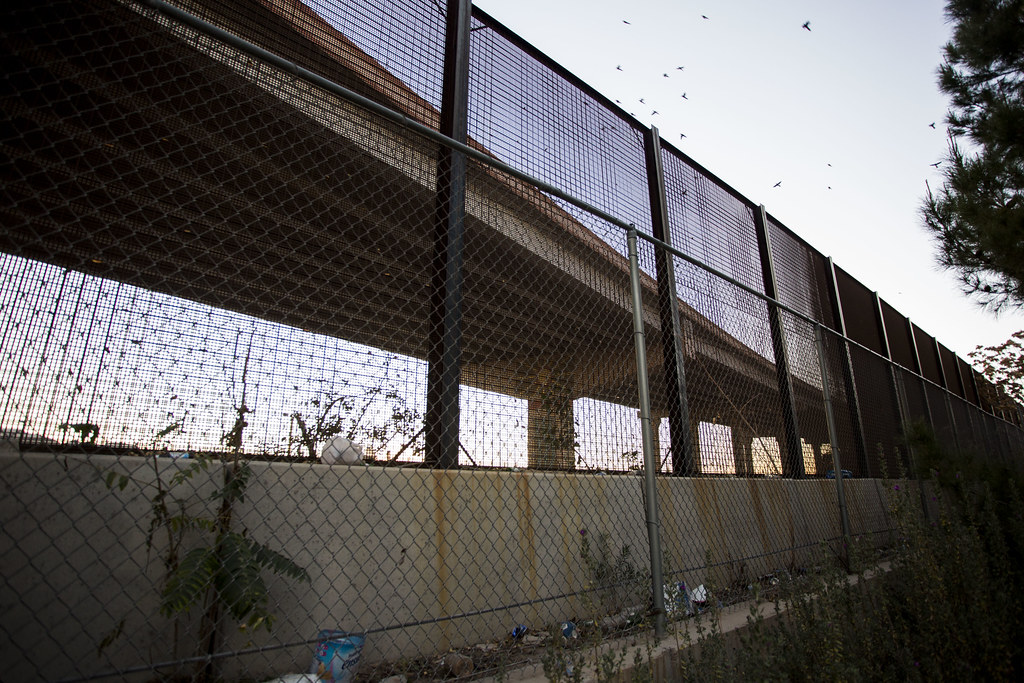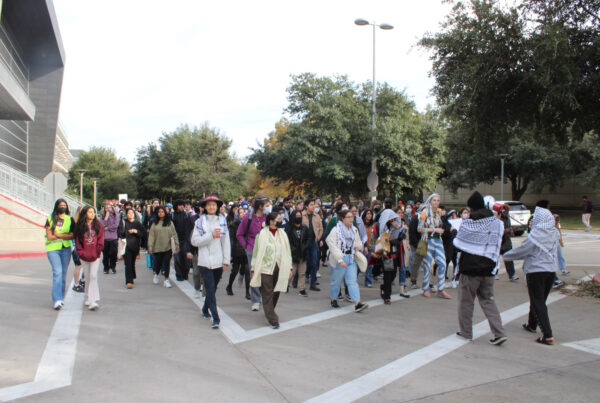Over the past year, Texas has seen an increase of migration at the border with Mexico. On Monday, a record 12,000 migrants were apprehended at the southern border in a single day, with more than 26,000 already in custody.
Some disturbing reporting from the El Paso Times has found that in the 12 months leading up to Sept. 30, the border region was shocked by a sudden increase in migrant deaths.
According to Border Patrol records, 149 migrants died in its El Paso sector – which includes all of New Mexico – soaring from six migrant deaths recorded six years ago. This number does not include the more than 70 migrants who died on the Mexico side of the border in Juárez.
Lauren Villagran, a national immigration reporter for USA Today based in El Paso, said there are a number of factors contributing to rising death tolls.
“El Paso had one of its hottest summers on record. Temperatures were routinely, throughout the summer months, well above 100 degrees,” she said. “And people who felt forced to migrate illegally were dying in the desert in incredible numbers, including many more women than the area had ever seen.”
» GET MORE NEWS FROM AROUND THE STATE: Sign up for Texas Standard’s weekly newsletters
Villagran said the region has been unprepared to handle this increase in deaths.
“El Paso has long been a crossing point for migrants, both through lawful and illegal pathways. And the region is set up to help aid, shelter, feed, clothe the new arrivals. We had not seen issues the way Arizona has historically had in its very hot Sonoran desert,” she said. “I had Border Patrol agents calling me during the summer saying, ‘someone’s got to cover this. This is nothing like we have ever seen.’ Fire departments, emergency workers, you know, the office of the medical investigator on the New Mexico side – we followed one of their forensic investigators who was going out to the desert sometimes two or three times a day to investigate remains.”
This left a deep impact on the community — not only on migrants and those who work in humanitarian roles, but also on residents who stumbled across bodies.
“These were not bodies that were found in the middle of a vast desert. Folks were dying sometimes within reach of help or a glass of water. A child found a body behind a community college in their neighborhood. Folks who were out recreating on the weekend riding a motorcycle or an ATV were reportedly coming across bodies,” Villagran said. “In one case, a man found a woman. He tried to give her water and reported to police that she was clearly dying.”
Some of the deaths were caused by accidents, such as cars hitting migrants who were crossing the border highway on foot, Villagran said.
Villagran said that while the increase in the number of migrants is a factor here, so is U.S. border policy.
“One of the things that surprised me in the reporting is that as the number of migrants, the daily apprehensions or the average weekly apprehensions by Border Patrol in the El Paso sector went down, deaths went up,” she said. “So why is that? When you saw Title 42 and that quick expulsion authority when it ended in May, folks were no longer presenting at the border or turning themselves in to Border Patrol.
“More people, however, were trying to cross unlawfully. So the overall number of people attempting to enter the United States between ports of entry went way down. But as they tried to cross illegally through a more dangerous area, the number of deaths went up.”













